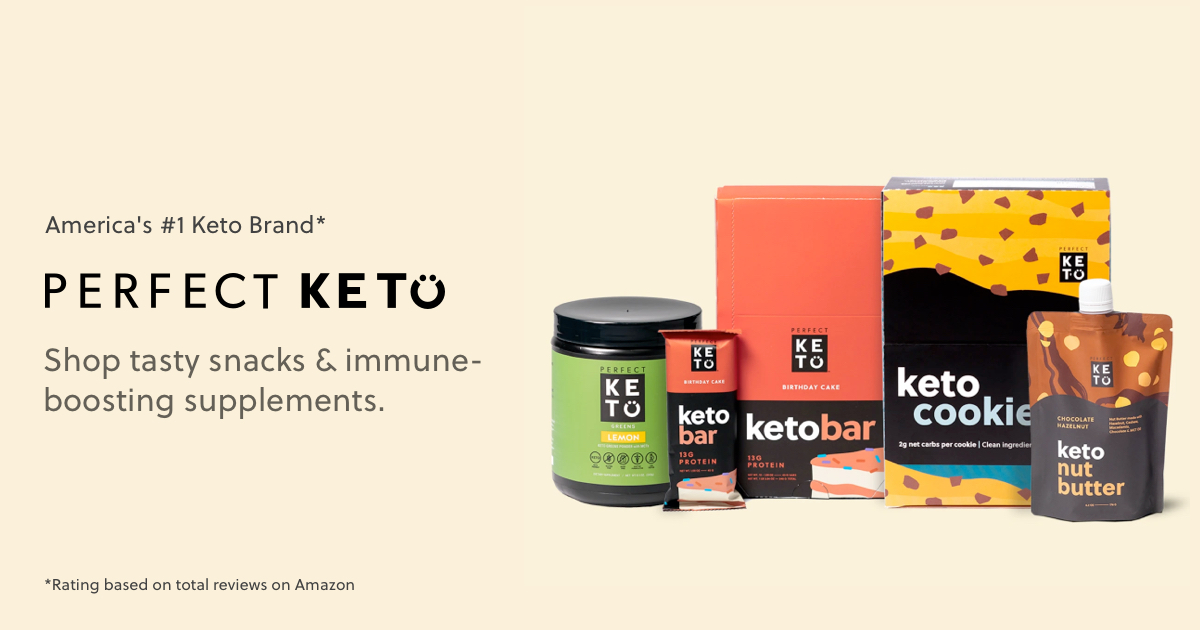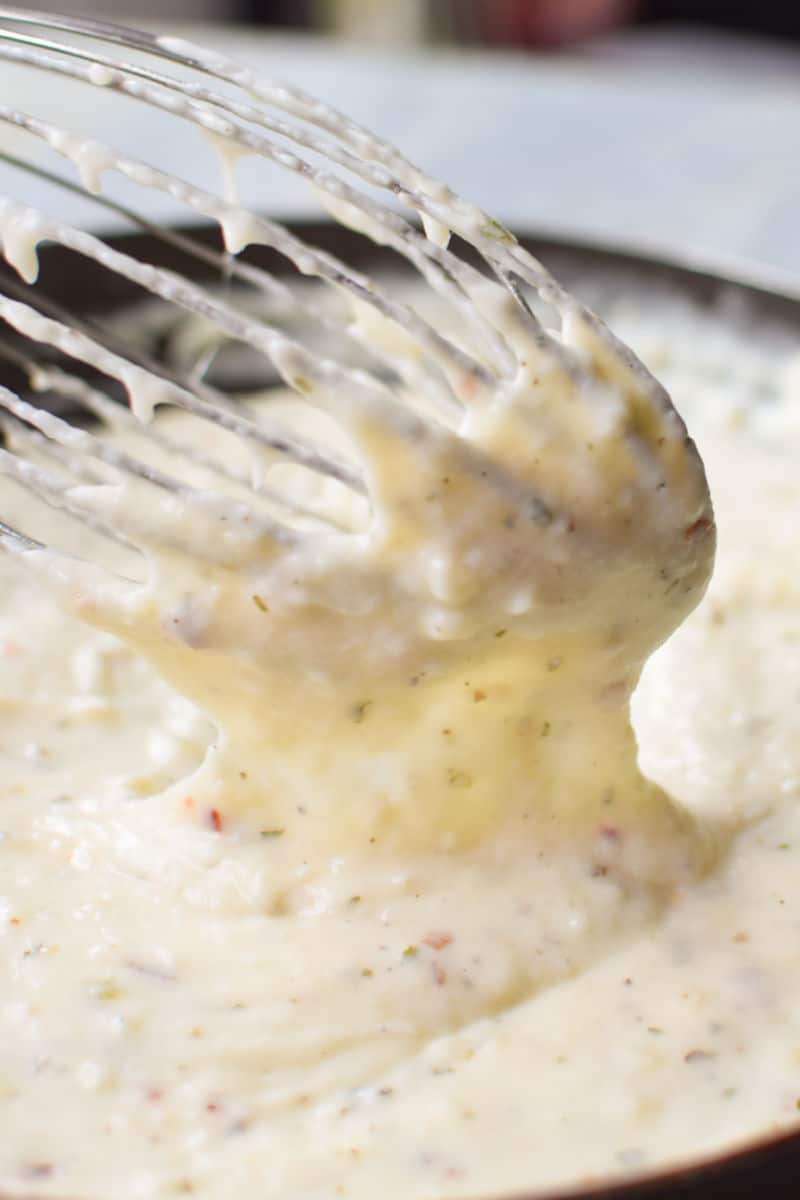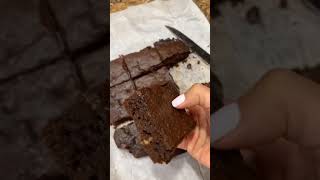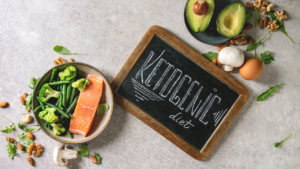
What Are Trans Fats and How Do They Affect Your Health?

You’ve probably heard that trans fats are a major no-no in your foods. For years, we’ve been told to cut back or eliminate these fats from our diets.
But have you ever wondered why trans fats are considered unhealthy? Especially on a keto diet, your goal is to get most of your calories from dietary fats. So, are trans fats really a problem?
This article shows you what trans fats are, foods that contain them, and why they’re a big deal for your health.
What are Trans Fats?
Trans fats are created by adding hydrogen to liquid vegetable oils, making them more solid at room temperature — and therefore more convenient for use in processed foods. This addition of hydrogen creates “partially hydrogenated” oils, the primary source of trans fats in the American diet. While most trans fats are created artificially, some do occur in nature. Beef, lamb, and dairy products all contain some trans fats.
Like any supervillain, there’s a backstory behind the creation of artificial trans fats. Back in 1901, German chemist Wilhelm Normann began experimenting with adding hydrogen to liquid oils[*].
This addition of hydrogen made liquid fats semi-solid at room temperature — which, in turn, made them far more advantageous for use in many commercially produced foods. Partially hydrogenated oils had a longer shelf life and provided structural support to foods like ice cream, margarine, and pastry dough. The food industry saw this as a major breakthrough.
Over the course of the 20th century, trans fats became a common addition to lots of food products. What people didn’t realize, however, was that messing with Mother Nature sometimes has consequences. It wasn’t until the 1950s that the first concerns about artificially created trans fats arose. During the second half of the 20th century and into the 21st, scientific evidence mounted to show that trans fats in partially hydrogenated oils were probably doing more harm than good.
How Trans Fats Affect Your Health
Sometimes, the hype around a certain ingredient or nutrient is more fanfare than science. But in the case of artificially created trans fats, the research is clear: this type of fat harms your health. Even though trans fats are unsaturated fats (as opposed to saturated fats, which also may come with health risks) they’re not considered a healthy fat.
Here’s how consuming too much trans fats affects you.
Trans Fats and Blood Vessels
Among the biggest concerns around trans fats is their impact on blood vessels, since well-functioning blood vessels are essential for heart and brain health.
Trans fats have been shown to raise bad low-density lipoprotein (LDL) cholesterol while decreasing good high-density lipoprotein (HDL) cholesterol[*]. When your blood vessels become clogged with LDL cholesterol, they harden and weaken. This results in an increased risk of heart attack and stroke.
Trans Fats and Inflammation
Inflammation leads to adverse health outcomes, from autoimmune disorders to heart disease[*]. For obvious reasons, most of us would like to keep our bodies free of this chronic “high-alert” state.
Eliminating trans fats is an important part of an anti-inflammatory dietary strategy, since multiple studies have found a connection between eating artificial trans fats and overall inflammation[*][*].
Trans Fats and Diabetes
More research is needed to uncover the exact relationship between trans fats and type 2 diabetes, but here’s what the current research says:
For example, one large longitudinal study of over 84,000 women found that those who consumed lower amounts of trans fats were less likely to develop type 2 diabetes[*]. However, note that trans fat consumption was one of only several factors in their diet.
Other similar studies have had murkier results. A 2006 review pointed out that inconsistencies and methodological problems in most studies on trans fats and diabetes made it difficult (if not impossible) to draw firm conclusions about a connection between the two.[*]
Still, since trans fats increase a person’s risk of heart disease — especially in those with diabetes. So, despite limited evidence, it’s best to stay away from hydrogenated oils.
Trans Fats and Cancer
Since trans fats drive inflammation (and since they appear in processed, weight gain-promoting foods like breakfast cereals, potato chips, doughnuts and ice cream) — it’s no surprise that they’ve been linked to cancer[*].
A 2020 systematic review explored the effects of trans fatty acids on 19 different types of cancer. The researchers found a relationship between eating trans fats and the risk of prostate and colorectal cancer[*].
Another review from 2021 found that higher intakes of industrial trans fats led to elevated risk of breast cancer[*]. Future research may shed more light on the cancer-trans fat link, but for now, it’s safe to say that avoiding trans fats is probably smart for preventing the “big C.”
Which Foods Contain Trans Fats?
As the dangers of consuming trans fats became more and more apparent, public health authorities decided to take action to eliminate them in the U.S. food supply.
In 2015, the Food and Drug Administration (FDA) ruled that artificially created trans fats were unsafe to eat. They gave food manufacturers a generous three years to take them out of their products, with a deadline of June 2018. However, for food products produced prior to this date, the FDA extended the deadline to January 2020[*].
That said, some commercially available foods may still contain trans fats, since it could take years for foods produced prior to 2020 to cycle completely out of the American food system.
Anything that contains partially hydrogenated oils contains trans fats. Common culprits include buttered microwave popcorn, pastries and baked goods, pizza dough, coffee creamers, and fried foods like french fries.
Interestingly, all trans fats aren’t created in a lab. Some occur naturally as well. When ruminant animals like cows, sheep, and goats eat grass, the bacteria in their stomachs produce trans fats. For this reason, dairy products from these animals contain about 2-7% trans fats, and meats like beef have about 1% trans fat[*][*]. However, research on natural trans fats indicates that, when consumed in moderate amounts, they don’t come with the same health risks as artificial trans fats[*].
How Much Trans Fat Can I Consume Per Day?
While it’s best to keep trans fats out of our diets, especially since the FDA no longer considers them generally safe for consumption, consuming a tiny bit of trans fat won’t significantly affect your health. Less than 2 grams of trans fats per day is considered safe[*].
Furthermore, the American Heart Association suggests reducing your intake of foods with partially hydrogenated vegetable oils[*].
How to Limit Daily Trans Fat Consumption
Since most trans fats are gradually making their way out of our food system, there’s not as much need for vigilance around them as there once was. Still, it’s always smart to check ingredient lists for those tell-tale partially hydrogenated oils. Some may still lurk in packaged foods like popcorn, doughnuts, or potato chips.
Even if a nutrition facts label lists trans fat grams as zero, the presence of partially hydrogenated oils tells a different story. If a food contains these oils, it means trans fats exist in small amounts — and, as explained above, small amounts matter. The only way to make sure a food is trans fat free is to read food labels.
In addition to limiting potential trans fat in your grocery shopping, consider your choices when dining out. Avoiding fried, processed, and fast foods at restaurants is another way to ensure you’re not unintentionally consuming trans fats.
The Bottom Line
Although artificially created trans fats have been banned from the U.S. food supply as of 2018, it’s possible they may still linger in some processed foods. The best way to spot hidden trans fats is to be a diligent label reader, checking for hydrogenated oils in ingredient lists.
As for the trans fats that naturally occur in animal products, there’s no need to worry, since research shows they aren’t harmful. To minimize trans fat consumption (and to maintain good health in general), stick to a diet of minimally processed, whole foods.
Published at Tue, 05 Apr 2022 15:00:42 +0000
Articles








